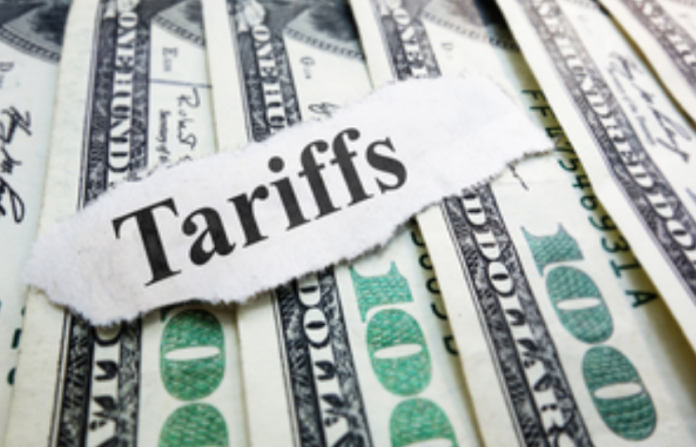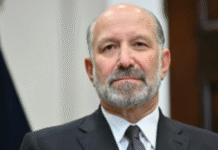New Delhi– While both India and the US are deeply interconnected through trade, investment, and strategic agreements, recent US tariff measures have introduced new complexities, as per a report.
The trade relationship between the United States and India, valued at $129.20 billion in 2024, is at a critical juncture as new US trade policies aim to introduce tariff realignments.
India has already kicked off some tariff adjustments specific to the US, beginning with the Budget 2025. It has relaxed tariffs for various goods on the US export list, such as motor bikes from 50 per cent to 40 per cent, and bourbon whiskey from 150 per cent to 100 per cent.
Simultaneously, both countries have started working towards negotiating the bilateral trade agreement (BTA) aimed at reaching a deal before the end of 2025.
According to a Price Waterhouse (PwC) report, a key task for India to balance in this regard would be the considerable difference in the applied tariffs between the two nations – while India imposes an average tariff of 17 per cent, the U.S. maintains a much lower average of 3.3 per cent. It is important to mention that this gap is even wider in agriculture, where India’s simple average tariff is 39 per cent, compared to five per cent in the U.S.
The report states that a new 25 per cent tariff on almost all steel and aluminum imports into the US has been imposed. This directly impacts Indian steel manufacturers exporting to the U.S.
Similarly, it highlights that reciprocal tariffs by the US may imply that the tariffs of 15 per cent imposed by India on imports of smartphones from the U.S. would be extended to exports of smartphones from India to the US. This could impede the growing trajectory of smartphone exports from India as currently the tariffs attracted stand at 0 per cent, whereas the revised tariffs would be 15 per cent, the PwC report states.
On February 18, the US President also announced his intention to impose auto component tariffs “in the neighbourhood” of 25 per cent, and similar duties on pharmaceutical imports which also impact India’s exports.
The PwC report also points out that the US tariffs on Chinese goods have the potential to create more opportunities for Indian exporters, especially in sectors such as electronics, textiles, and engineering goods, where Indian businesses could be in relatively more favourable positions.
However, while all Chinese exports, including smartphones, would be attracting 20 per cent tariffs across the board, and Indian tariffs would be relatively variable depending on the tariffs imposed by India on imports of the product in question, hence there will be variation with the product in question, the PwC report points out.
At the same time, it is of the view that identifying alternative markets can help Indian businesses mitigate losses from US tariff hikes. Indian exporters can also proactively explore trade opportunities in markets with India’s new and upcoming FTAs with the UK, the EU, Oman & the Gulf region, and New Zealand to gain market access in new geographies and thus mitigate the risks due to the US Tariffs, the report added.
However, at the same time, in February 2025, India and the U.S. issued a joint statement setting a goal to double bilateral trade to $500 billion by 2030, termed “Mission 500.”
To achieve this, both sides have committed to negotiating a Bilateral Trade Agreement (BTA) by fall 2025, focusing on fair trade terms, market access, reducing trade barriers, and integrating supply chains. (IANS)







